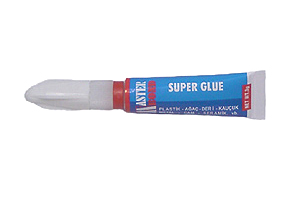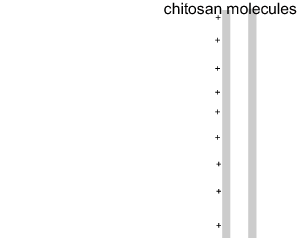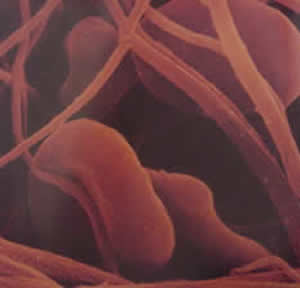Science of Conflict
Unexpected benefits
|
| During World War 2 a researcher
at Eastman Kodak named Harry Coover developed a transparent glue made from
a group of chemicals known as cyanocrylates.This glue was used to repair
gun sights. During the Vietnam War surgeons began to spray this glue onto,
potentially fatal, surface wounds in order to stem the blood flow and give
the doctors time to stabilise the patient in a field hospital. This glue
went on to have wide spread commercial use under the brand name of Superglue.
|
|
| Unstoppable bleeding is one
of the most common causes of death on the battle field. It is no wonder
that a great deal of research has been sponsored by the U.S. military in
ways of preventing fatal blood loss from open wounds. The Iraq conflict
has posed new challenges and new ways of tending to the wounded are been
developed. |
|
| A surprising link exists between
the exoskeleton of crab, shrimp, and other crustaceans and a modern bandage
that severely reduces bleeding from deep surface wounds in record time.
Normal bandages simply become saturated with blood and do little to stop
the loss of blood from the wound. Developed in 2003 the new bandage contains
a protein found in the exoskeleton of crustaceans called chitosan. |
|
| Chitosan molecules have a positive
charge which attracts the red blood cells which have negative charges on
the surface of their cell membrane.
|
|
The red blood cells and chitosan
molecules fuse to form a blood clot
that seals the wound. Red blood cells with fibrin fibres are shown on the
right.
|
|
What is the main
cause of death on the battlefield?
Explain how the chitosan molecule
encourages blood clotting while the normal gauze bandage does not.
Describe the process of blood
clotting. Use the words fibrin, platelets.
|
|




